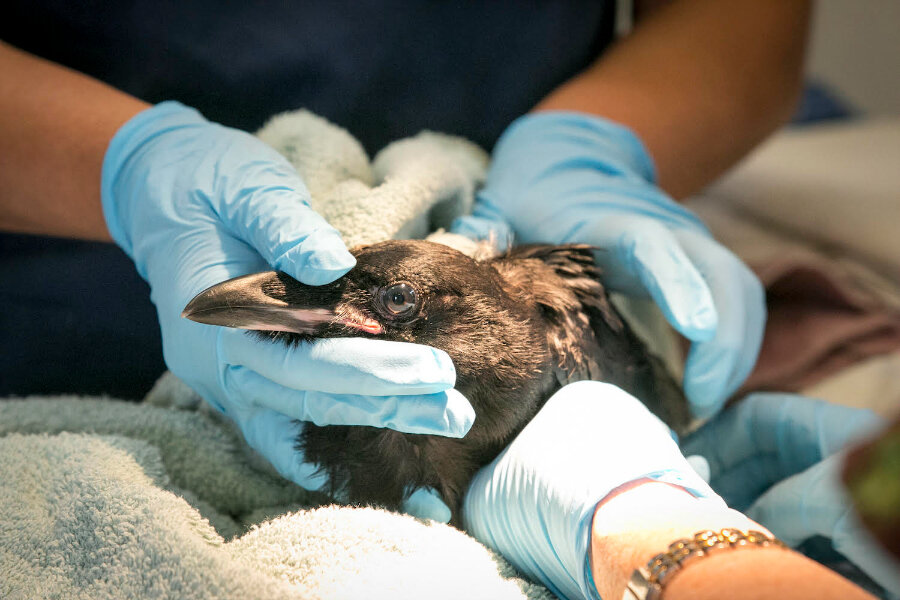Project Wildlife helps creatures great and small
| San Diego
Before entering the care center building of Project Wildlife, visitors walk through a porch filled with crates and cages, big and little, designed to serve as a 24-hour drop-off point for all manner of creatures great and small.
Inside what is essentially a double-wide trailer, the rooms play host to a triage center and a space for baby birds and mammals, complete with incubators. A surgery suite is housed in a mobile triage van that the group can use in the event of a natural disaster. Surrounding the small structure and the van, a collection of cages and pens provide flexible areas to house recovering animals.
While Project Wildlife might look like a modest operation, it is anything but small in the impact it has. Since 1972, a few staff members and an army of volunteers have worked to improve the quality of life for San Diego-area wildlife through rehabilitation and conservation education – caring for roughly 10,000 injured, sick, or orphaned wild birds and mammals annually.
"We have one of the most diverse ecosystems in the country," says Aireo Shipman, wildlife rehabilitation coordinator for the organization. "We get animals from the ocean, sea and shore birds, ... and desert animals."
Project Wildlife, part of the San Diego Humane Society since 2014, also helps animals that have adapted to the city's urban environment, including those referred to its care from government and private organizations throughout the region. It has treated some 320 species.
The nonprofit group is among the largest wildlife rehabilitation organizations in the country and prides itself on giving animals a second chance at life.
On a recent visit to the care center, a reporter accompanies Mr. Shipman on a walk through the site. At various points Shipman checks in with staff and volunteers, at one point inquiring about a raven that is going to have an X-ray and another bird that needs to be moved to a different cage because it is being bullied by a cage mate.
He also points out a horned owl that was impaled on a barbed-wire fence. The owl underwent surgery at Project Wildlife.
Some animals have been struck by cars or harmed by fish hooks. Most of the creatures spend an average of 12 weeks in rehabilitation.
Project Wildlife wants to give these animals a better chance of survival once they return to the wild, which at the same time helps to maintain the region's vast diversity of species.
The project began with a group of people operating out of their homes and garages, and to some extent that tradition has persisted. The care center sees the majority of cases, but Shipman says that a network of volunteers also opens their homes or other properties to animals in need. "We have 60 to 70 satellite volunteers who offer up their homes for use," he says. The hundreds of dedicated volunteers are a critical component, as the organization itself has fewer than 10 paid staff members.
The project also offers an information line to advise those caring for injured or abandoned animals, as well as an animal extraction service for homeowners and a range of educational programs. Its information line fields some 20,000 calls annually.
Shipman started at Project Wildlife in 2009 as a volunteer and joined the staff the following year. He is passionate about the work the agency does, particularly given the limited options for helping injured wildlife. "We [care for] a lot of animals in a very small space," he says. "There are still a lot of things that we need." Project Wildlife maintains an Amazon.com wish list for those who would like to contribute.
The San Diego Humane Society has plans to find a new, larger home for Project Wildlife in the coming years, he says.
Shipman especially enjoys going along when an animal is being released into the wild, the culmination of their efforts to give that creature a second chance, he says.
"I have always loved nature, loved animals, and have always wanted to help," he says. "I am glad I am [here] because it is a very demanding field but very, very rewarding at the same time."






